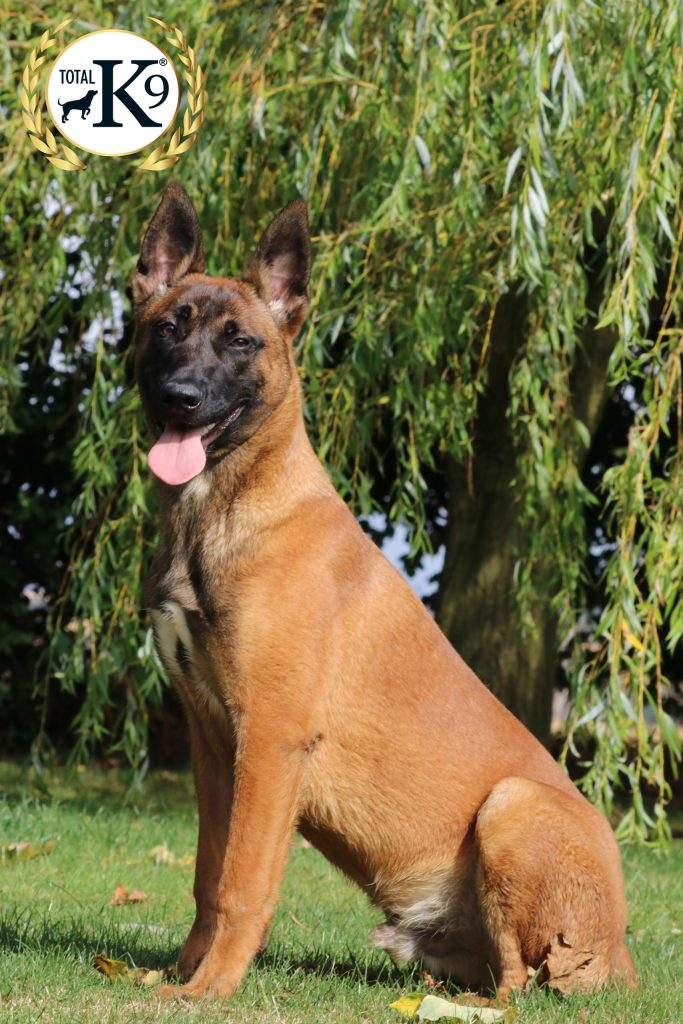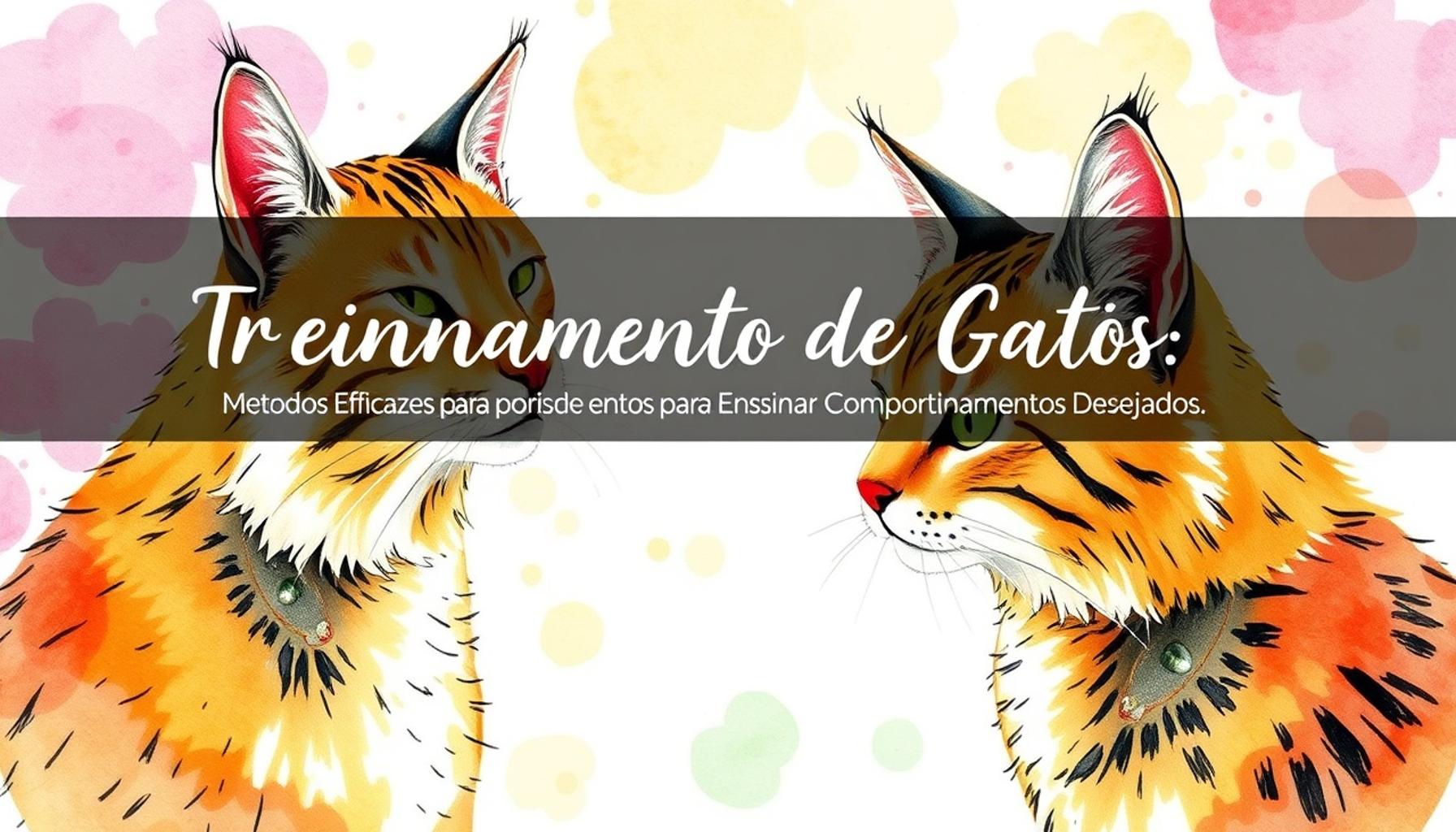Training Pets in Urban Environments: Tips for Dealing with Distractions and Noises

Urban Challenges for Pet Owners
Living in a bustling city like Lagos or Abuja is an exhilarating experience filled with vibrant culture, diverse food selections, and an active social life. However, for pet owners, this lively environment can pose a range of challenges when it comes to training their beloved animals. The constant buzz of traffic sounds and sirens can be a source of anxiety for pets, particularly those who are not accustomed to such high levels of noise. As a result, adapting training techniques to cope with these urban stresses becomes not only necessary but also essential for ensuring the well-being of pets.
Identifying Urban Distractions
Urban life is rife with distractions that can hinder effective training. Some common distractions include:
- The blaring horns of vehicles, which can startle a pet or lead to barking.
- Crowded public spaces such as parks or markets, where the presence of large groups of people can overwhelm a pet.
- Other animals being walked by their owners, which can create excitement or anxiety in your own pet.
These distractions make it crucial for pet owners to implement effective training strategies tailored for urban environments.
Strategies for Success
Training your pet amidst the chaos of city life may feel daunting, but with determination and the right approach, it is entirely achievable. Here are some key factors to consider:
- Establish a strong foundation of basic commands. Ensure that your pet is familiar with commands like ‘sit’, ‘stay’, and ‘come’. These basic commands can create a reliable framework that helps manage your pet’s behavior in unpredictable urban situations.
- Use positive reinforcement. Rewarding your pet with treats, praise, or playtime when they exhibit desired behaviors will encourage them to repeat those actions. This technique helps to foster a positive association, making your pet more receptive to commands, even in distracting environments.
- Gradually expose your pet to various urban elements. Introduce your pet to different aspects of city life incrementally, such as busy sidewalks or public transportation. Start with quieter environments and slowly increase stimulation levels as they become more comfortable.
By understanding how to navigate noise and distractions, pet owners can significantly improve their pet’s behavior and enhance their overall quality of life. A well-trained pet not only contributes to a more enjoyable experience for the owner but also ensures the safety and happiness of the pet in the fast-paced urban setting. Through determination and effective training methods, navigating the vibrant chaos of city life can transform into a rewarding journey with your furry companion. Stay tuned to delve deeper into effective training techniques that will help you and your pet thrive in urban environments.

RECOMMENDED: Check out this similar article
Effective Training Techniques for Urban Environments
Training pets in urban environments requires an innovative approach tailored to the unique challenges posed by bustling city life. The metropolitan lifestyle in Nigeria, whether in Lagos or Abuja, brings a melange of sights, sounds, and movements that can significantly affect the training process. Recognizing these challenges is the first step in instilling discipline and nurturing calm behavior in your pets.
Creating a Safe and Controlled Space
It’s essential to carve out a safe haven for your pet within the chaotic urban landscape. This space should be familiar and free from external distractions as much as possible. Here are some actionable tips to help you achieve this:
- Designate a Training Area: Choose a quiet corner of your home or yard where you can devote time to training. Equip this space with your pet’s favorite toys, treats, and a cozy mat. Familiarizing your pet with this area will create positive associations, making them more comfortable during training sessions.
- Minimize Noise Pollution: If possible, schedule training sessions during quieter times in the day when traffic and bustling activities are at a minimum. This not only helps your pet focus better but also aids in reducing their anxiety levels.
- Utilize Soundproofing Methods: Consider using curtains or soundproof panels to help filter out external noise. These barriers can create a calmer atmosphere that is conducive to focused training.
Implementing Gradual Distraction Exposure
Once your pet has a good grasp of basic commands, the next step is to introduce them gradually to real-world distractions. This process is crucial in preparing your pet for the complexities of urban life. Here’s how you can achieve this:
- Controlled Environment Outings: Take your pet to less crowded areas before proceeding to busier environments. Parks during off-peak hours are ideal locations to practice commands with minimal distractions.
- Simulating Urban Sounds: Use sound recordings of urban noises, such as traffic or sirens, during training sessions at home. Begin with lower volumes and progressively increase them as your pet adapts. This technique can help desensitize them to the noises they will encounter outdoors.
- Regular Exposure to Other Animals: Arrange playdates with other pets to help your animal learn how to interact positively in a more dynamic environment. This will help reduce overexcitement or anxiety when encountering other dogs or animals outside.
Effective training in urban settings demands patience and consistency. Understanding that overcoming distractions and louder environments takes time will help you maintain a productive and enjoyable training regimen. Ultimately, these training foundations will not only contribute to your pet’s behavior but also enhance the quality of life for both you and your furry friend in the vibrant urban atmosphere.
Urban environments often present a unique set of challenges when it comes to training pets. The abundance of distractions, from bustling streets to unfamiliar sounds, requires specialized training techniques to help pets adapt. One crucial aspect is to desensitize your pet to common urban noises such as honking horns, construction equipment, and sirens. Start by gradually exposing them to these sounds at a lower volume and reward them for remaining calm.
Another key point is to incorporate positive reinforcement during training sessions. Using treats or praise can encourage your pet to focus on you despite the distractions around them. Create a designated training space that is still within reach of urban life but offers a tempered environment for learning. This could be a quieter park or even a secluded area of your yard.
Moreover, it’s essential to teach your pet a reliable ‘leave it’ command. This command can be invaluable when your pet is tempted by the sights and sounds around them, whether it’s a stray cat or a loud bus. Combine this with short, frequent training sessions instead of lengthy ones, as attention spans may wane in an environment filled with stimuli.
Following a consistent routine can also help your furry friends feel secure amidst urban chaos. A regular schedule for walks and training helps develop a sense of normalcy, which is vital for pets that may become overwhelmed by unexpected noises. Lastly, recognizing that every pet is different and adjusting your training methods to suit their individual needs will lead to more effective learning and a well-adjusted urban companion.
| Training Techniques | Advantages |
|---|---|
| Desensitization | Helps pets remain calm in noisy environments. |
| Positive Reinforcement | Encourages focus on the owner amid distractions. |
| Reliable ‘Leave It’ Command | Prevents undesired behaviors in tempting situations. |
| Consistent Routine | Creates a sense of security for pets. |
LEARN MORE: This related article may interest you
Advanced Training Strategies for Urban Pet Owners
As urban pet owners navigate the challenges of training their furry companions amidst distractions and noise, implementing advanced strategies becomes essential. These methods are aimed at reinforcing good behavior and ensuring that pets are well-adjusted to their urban surroundings.
Positive Reinforcement Techniques
Positive reinforcement is a powerful training tool that strengthens desired behaviors through rewards, making it particularly effective in noisy environments. Here are some key points to consider:
- Treats and Praise: Always carry treats while training outdoors. When your pet responds to a command in the presence of distractions, offer immediate praise and a treat. This will help them associate positive outcomes with good behavior, increasing the likelihood of compliance in the future.
- Clicker Training: Incorporate clicker training as a form of instant feedback. The sound of the clicker can quickly capture your pet’s attention, making them more likely to focus on you despite surrounding noises. Train your pet to respond to the clicker by associating it with treats, creating a high-value communication tool for when distractions are high.
Building Focus Through Targeting
Targeting is a technique that encourages pets to focus on a specific point, enhancing their ability to ignore distractions. This method can be highly beneficial in urban settings:
- Use of Target Stick: A target stick is a training tool that allows your pet to touch their nose to the end of the stick. Start training this in a quiet environment, and then gradually move to areas with more distractions. This helps to focus their attention and effectively block out noises.
- Hand Targeting: Teach your pet to follow your hand to receive treats. By holding your hand out and rewarding them for touching it, you can redirect their attention whenever distractions become overwhelming. This can be particularly useful in crowded places where movement and noise are prevalent.
Enriching Activities that Encourage Calm Behavior
Once you have established a solid training foundation, it’s important to integrate activities that promote calmness and reduce stress in urban environments:
- Frequent Breaks: Allowing your pet regular breaks during training sessions can be beneficial. These intervals can serve as a chance for relaxation and assessment, especially in highly stimulating urban areas. Provide a quiet area for them to decompress to help manage overstimulation.
- Mental Stimulation Games: Engage your pet in mentally stimulating games such as puzzle toys or scent work to utilize their natural instincts. These activities can help redirect their energy and attention, resulting in a calmer demeanor when faced with external distractions.
Professional Assistance for Persistent Challenges
If noise and distractions continue to hinder your pet’s training progress, seeking assistance from professionals might be beneficial:
- Hiring Trainers with Urban Experience: Look for trainers who specialize in urban pet training. They will understand the unique challenges of city living and offer tailored solutions to address your pet’s specific needs.
- Consulting with Veterinarians: In case of severe anxiety issues linked to noises, it might be worthwhile to consult a veterinarian. They can provide insights into behavioral therapy options or suggest appropriate interventions.
By employing these advanced training strategies, urban pet owners can effectively navigate the vibrancy of city life while ensuring that their pets remain well-behaved and calm amidst the hustle and bustle. Embracing these techniques will not only enrich the bond between you and your pet but will also contribute to a more harmonious urban experience for both parties.
ADDITIONAL INSIGHTS: Expand your understanding here
Conclusion: Creating a Harmonious Urban Life with Your Pet
Training pets in urban environments requires a unique approach given the myriad of distractions and noises that city life presents. By embracing advanced strategies such as positive reinforcement, targeting techniques, and enrichment activities, pet owners can effectively teach their furry companions to thrive amidst chaos. These practices not only strengthen the bond between pet and owner but also cultivate a sense of security and calmness in both parties.
It’s essential for urban pet owners in Nigeria to acknowledge that the challenges posed by street sounds, motor traffic, and bustling crowds are opportunities for training rather than insurmountable obstacles. Tailoring techniques to suit the individual needs of your pet is crucial, and seeking professional assistance can be invaluable if issues persist. A skilled trainer familiar with urban environments can provide insights into effective solutions that will help your pet adjust to life in the city.
Lastly, fostering resilience and adaptability in your pet can lead to a more fulfilling urban lifestyle. By integrating daily training and exposure to city stimuli as part of routine life, both you and your pet can enjoy a harmonious relationship that complements the vibrant backdrop of your urban surroundings. Thus, the journey of training is not just about managing distractions but also about enriching the lives of both pets and their owners in the diverse tapestry of city life.



